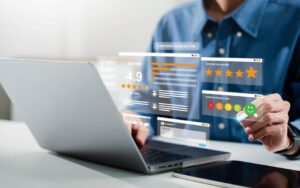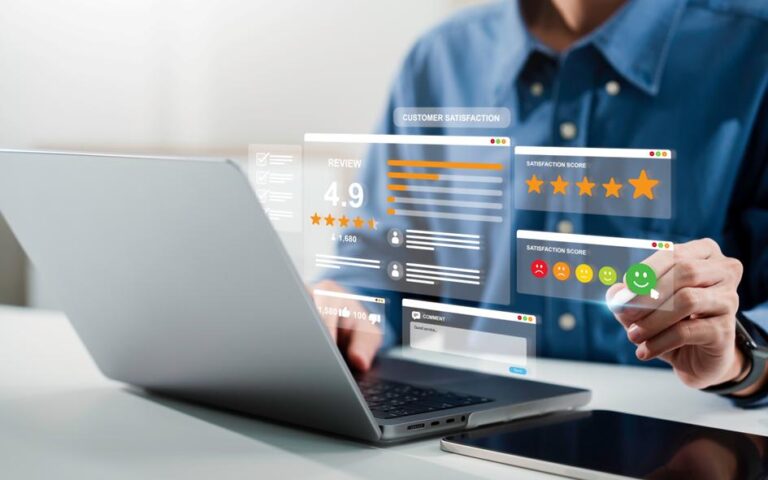This period of health crisis has paradoxical effects on the progress of DDMRP implementation projects. Some corporations are putting all improvement / transformation projects on hold: expenses must be cut.
Other companies, on the other hand, are speeding up… This is the case of two of my clients, who – coincidentally – supply medical devices for hospitals or health organisations. These companies are on the front line on the healthcare front, their teams face exceptional operational challenges on a day-to-day basis, yet they are freeing up time to accelerate the implementation of DDMRP.
When I asked them if they didn’t want to postpone their projects due to circumstances, they replied: “Bernard, don’t you see that it’s more and more VUCA out there, and that it’s urgent that we adapt our supply chains to it? Oh well yeah, not wrong …
The next challenge is: how to speed up the project when you can’t move around and are teleworking? Is it possible to implement DDMRP remotely?
Yes, it is. Demand Driven Technologies has been doing it in the US for years, but it is clearly not (yet) the practice on our old continent. Consultants have to come on site, conduct many workshops, help to “drive the change”, to “change the paradigm”, all this cannot be done remotely my good man!
Well, now that we are forced to do it, how do we do it?
Recipe #1: the company’s internal teams must be trained even more, to understand and gain autonomy quickly.
There will be fewer external experts on site, so the teams need to build up more skills in the early phases of the project.
The good news: The Demand Driven Institute provides a self-learning DDP and DDL format, which allows you to acquire the basics of the methodology at your own pace and at a reduced cost. DDP and DDL trainers are at your disposal to complete these trainings in interactive sessions. While they are usually on the road, they are stuck in containment and ready to help you!
AGILEA has developed an online simulation game Demand Driven, which can be animated remotely. It’s a fun and very complete way to practice the methodology and gain confidence.
Replenishment+ software training can be done remotely: long live cloud solutions! Demand Driven Technologies has developed a “university” site that also allows online self-learning of the software.
Recipe #2: Establish the interfaces and feed a Replenishment+ instance from the beginning of the project.
A few years ago we were leading projects with a long design phase based on flow mapping and PowerPoint slides. Very useful for asking questions… but sometimes we ask ourselves too many questions for too long, because the participants find it difficult to project themselves into “how is it really going to work”?
Feeding the Replenishment+ database from the ERP is generally not very long: at first, SQL extractions with your usual tools will do the trick. As soon as this is done, we can use Replenishment+ with your data, remotely, to touch the “how it’s going to work” together – and the design of the model is greatly accelerated. As soon as Replenishment+ is fed, we can remotely run simulations on the definition of buffer profiles and project the impact in terms of service and stock.
Recipe #3: Live with the times… and use cloud collaboration tools!
Teams workspaces, Asana, Trello, Smartsheet, etc – there’s everything you need to manage a project remotely!
Web confs through Teams, Skype, Gotomeeting or other Zoom: you have the choice to be remotely supported in training, user coaching, etc. If you have enough bandwidth and a webcam, turn it on: body language remains an essential element to perceive how messages are received, gain mutual trust and help in change management!
Lucidchart, Draw.io and other tools for remote flow mapping are at your disposal – prepare your inventory, time, capacity buffers and control points icons in the toolbox!
No remote session longer than 2 hours at a time! Beyond that you lose track (or it may be an effect of my old age…). You didn’t all come to be in the same room for an all day workshop “with the consultants”. You can therefore work together in 2-hour sequences, and in between sessions prepare the elements for the next one. From experience it is much more productive.
Well, one difficulty remains: how are we going to celebrate the success of the project and organize a fiesta worthy of the name? I’m not yet completely convinced by the virtual aperitifs… But by then maybe we’ll be out of the confinement?












